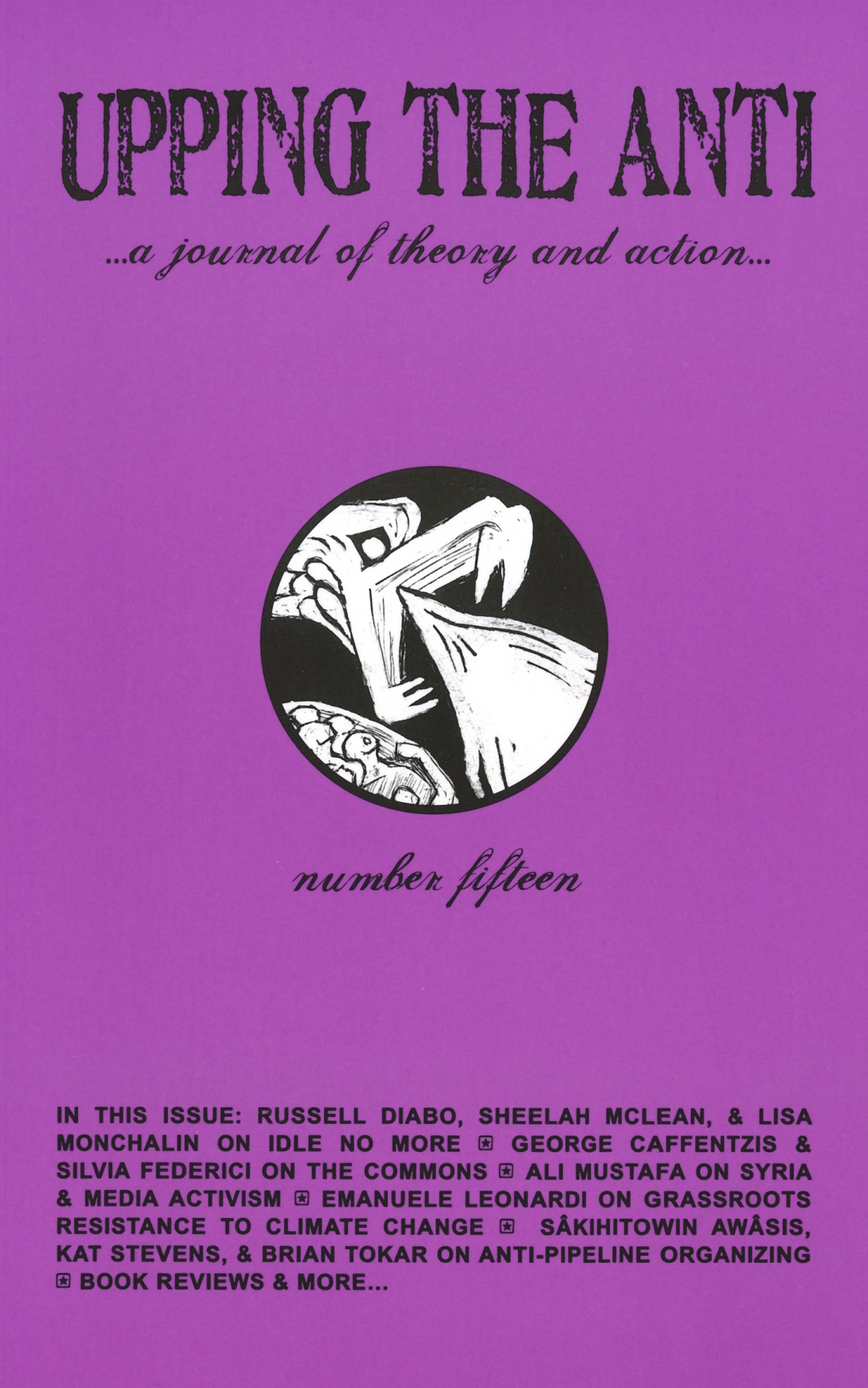Climate Struggles, Real and Imagined
December 11, 2011, early morning: the sun is slowly rising over Durban, South Africa when Maite Nkoana-Mashabane, President of the 17th Conference of the Parties (COP17) for the United Nations Framework Convention on Climate Change (UNFCCC), officially closes the longest climate negotiations in history, with over 36 hours of “injury time.” Surprisingly, given the thick scepticism that surrounded the process, she proudly announces that an agreement has been reached: the Durban Platform. An experienced diplomat, Nkoana-Mashabane explains that although some participants would be unsatisfied by the final outcome, it nonetheless represents “a clear turning point and a testament to what is achievable when Parties work together.”
Amidst a cacophony of voices debating the meaning of this “turning point” since the moment COP17 concluded, I want to emphasize the basic problems with the Durban Platform (whose main features I will discuss below): its vagueness, its constitutive openness to partial interpretations, and its manifest incapability to clearly indicate a line of conduct; in short, its uncertain nature. We would be mistaken, however, to read such uncertainty as an unintended shortcoming of previous rounds of negotiations. On the contrary, this vagueness, ambiguity, and uncertainty have been intentionally deployed. The latest round of climate negotiations, held in Doha, Qatar in 2012, was another waste of time and has not produced significant changes to what was agreed at Durban’s COP17. In fact, the trajectory of global environmental governance as designed by the UNFCCC is nothing more than an attempt to translate the heterogeneous problems of climate change (and the ecological crisis in general) into the homogeneous solution of competitive markets (and the capitalist logic in general).
To read this article in full, purchase Issue 15 here.

